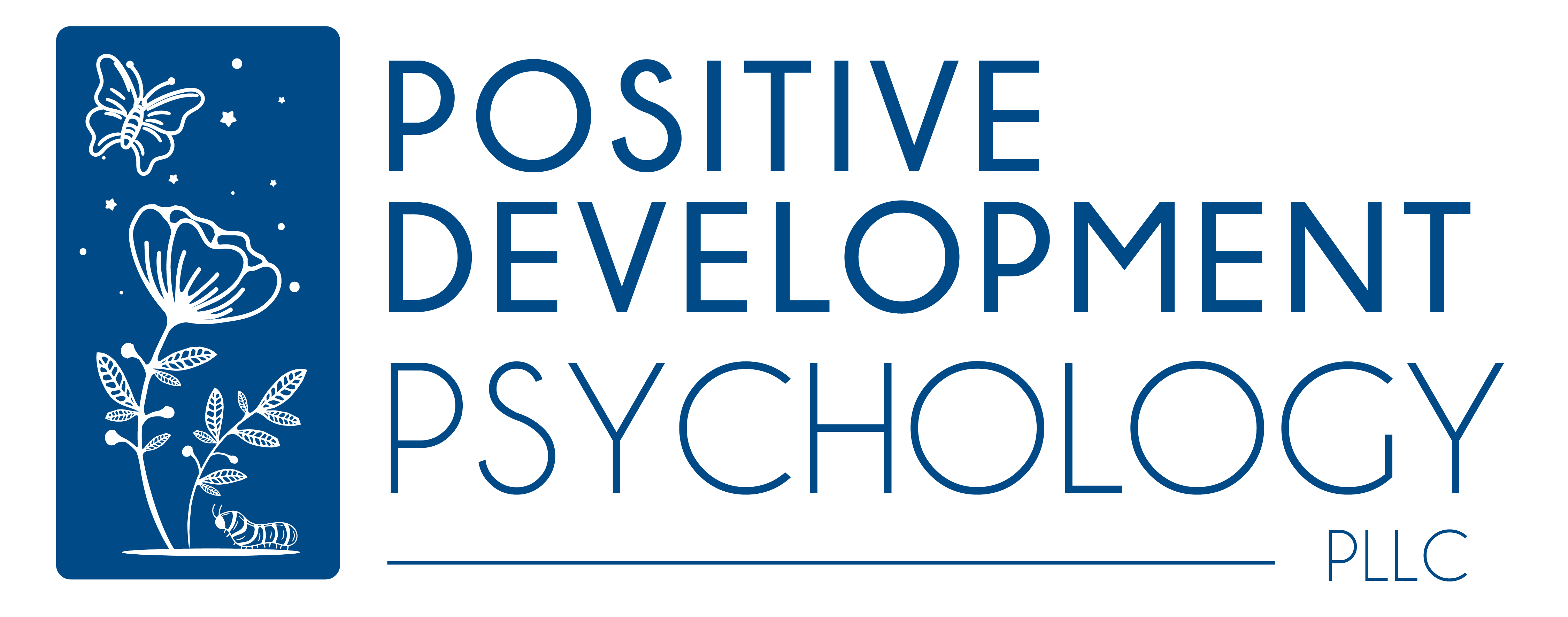Cognitive Behavior Therapy
(CBT)
For Children, Adolescents, and Young Adults
Therapy can provide young people with the support and tools to foster positive changes.
What is Cognitive Behavior Therapy?
Cognitive Behavior Therapy (CBT) is a type of psychotherapy based on the idea that changing negative patterns of thinking and reducing unhelpful or problematic behavior can help people feel better. Extensive research shows that CBT is effective for a variety of mental health conditions, including anxiety, behavior issues and many others.
CBT examines the interactions between thoughts, feelings, and behaviors, and how they affect each other. In essence, what one does and how one thinks affects how one feels, and vice versa. Altering any of these components will impact the others. CBT can help individuals reduce anxiety and other distressing feelings by challenging unhelpful or inaccurate thoughts that make them feel badly, as well as changing problematic behavioral patterns that interfere with achieving their goals.


What should one expect in therapy sessions?
CBT treatment interventions are flexible, focus on current concerns and are tailored to an individual’s needs. A key component of CBT is psychoeducation, which means that clients are provided with age-appropriate education to better understand their diagnoses or areas of concern, what to expect from treatment, and how skills learned in CBT can apply to their lives. Armed with this knowledge, young people and their families often feel more hopeful about the path forward. The therapist works collaboratively with clients via in-person or teletherapy sessions to develop the skills necessary to achieve treatment goals that they set together. Care is taken to make concepts understandable for all ages and to make therapy engaging.
How would CBT work in a real-life application?
Picture a teen girl with social anxiety entering the cafeteria at lunch and thinking her peers are talking about or judging her. She feels self-conscious and anxious, and then just leaves to spend lunch in a classroom by herself.

CBT would equip her with tools to alleviate her anxiety. Through therapy, some of the strategies she would learn include evaluating and reframing her anxious thoughts in a more realistic way, coping with uncomfortable physical sensations through relaxation and mindfulness techniques, and gradually confronting feared social situations. As she practices these steps and is able to engage in more social interactions, she’s likely to discover that her worst-case predictions do not come true!
Individuals are often encouraged to practice skills in real-life situations between sessions. In the example given, the teen girl might be asked to keep track of her anxiety-producing thoughts throughout the week and identify “thinking traps” she gets stuck in, or to engage in behavioral experiments to observe what others do or say to her in various social scenarios.
Those who engage in their action plan between therapy sessions typically have better treatment outcomes. As therapy progresses, individuals will add to their toolbox and take steps toward becoming their own coach. With continued practice, children, adolescents, and young adults will strengthen their skills with the aim to feel better and think and act in ways that are aligned with their goals.
How does CBT compare to other types of therapy approaches for children, teens, and young adults?
CBT has been around for decades and is one of the most well-researched therapies. It is an evidence-based treatment that is effective in addressing a variety of challenges. While CBT is a type of talk therapy, it is probably not what you expect based on the way therapy has traditionally been portrayed on television or in movies. Those who engage in CBT learn to recognize and change unhelpful thoughts and behaviors and to problem solve in order to feel better and reach their goals. Therapy focuses on the here and now and involves learning skills to promote healthy coping and actively practicing those skills inside and outside of sessions.


What are tips to help children, teens, and young adults stay engaged and motivated during CBT treatment?
Despite the therapist’s best efforts to make sessions engaging and tailored to each individual’s needs, not all young people want to participate in therapy. Trying to understand the reasons behind their resistance is important. It may also help to normalize and frame therapy in a relatable way. For example, explaining that working with a therapist is like having a sports coach– someone to help you develop skills that you will practice. Additionally, getting the young person’s input as to what they want to improve or work on in therapy may increase their investment. This can be especially important for teens since, developmentally, they likely want to engage in more independent decision-making.
Frequently Asked Questions About CBT
What mental health conditions can CBT treat effectively?
CBT has been extensively researched and has been shown to be effective in treating a range of mental health challenges, including anxiety, depression, obsessive-compulsive disorder (OCD), and post-traumatic stress disorder (PTSD), among others. CBT can help individuals learn key thinking and behavioral skills, solve problems, enhance interpersonal relationships, and achieve their goals.
Can CBT be done online or does it need to be in person?
CBT can be effectively conducted online, as well as in person. Many key components of CBT, such as providing education about diagnoses and proposed interventions, evaluating thinking patterns, and practicing new behaviors, can be conducted through virtual therapy. This flexibility helps accommodate individuals with scheduling constraints, mobility issues, or other reasons that make it challenging to attend in-person sessions. However, online therapy may not be appropriate for everyone and it is important to consult with a therapist to help determine if a teletherapy medium would be a good fit for you or your child. At Positive Development Psychology, we are pleased to offer online therapy in New York and Connecticut, as well as therapy in our Westchester office.
How long does CBT treatment typically last?
Although CBT is designed to be short term, the duration of treatment can vary depending on many factors, such as the complexity of the issues being addressed and the individual’s ability to practice strategies in and out of sessions. This is something that can be discussed throughout the course of therapy as the therapist becomes aware of the various factors affecting treatment. For child and adolescent treatment, if parents are involved as advised by the therapist, children often meet their therapeutic goals more quickly and easily.
How can CBT help with anxiety in children and adolescents?
Research demonstrates that CBT is an effective anxiety treatment for children and adolescents. It helps them develop skills to change their thought patterns and reactions to anxiety-provoking situations, as well as lessen physical symptoms of anxiety. Over time, young people can learn to manage their anxiety more effectively, reducing their worrying and its impact on their daily lives.
What can parents do to support their child's CBT treatment?
Parents can play a crucial role in their child's CBT treatment by maintaining open communication, providing encouragement, and reinforcing the language and tools learned during therapy at home. Since a child’s age and developmental needs often factor into the level of parent involvement that is appropriate, it is advisable to set up periodic parent sessions to talk about the child’s progress and how parents can best support the treatment.

For more information about Cognitive Behavior Therapy and to learn how Positive Development Psychology can help you, contact us to speak with a psychologist.
